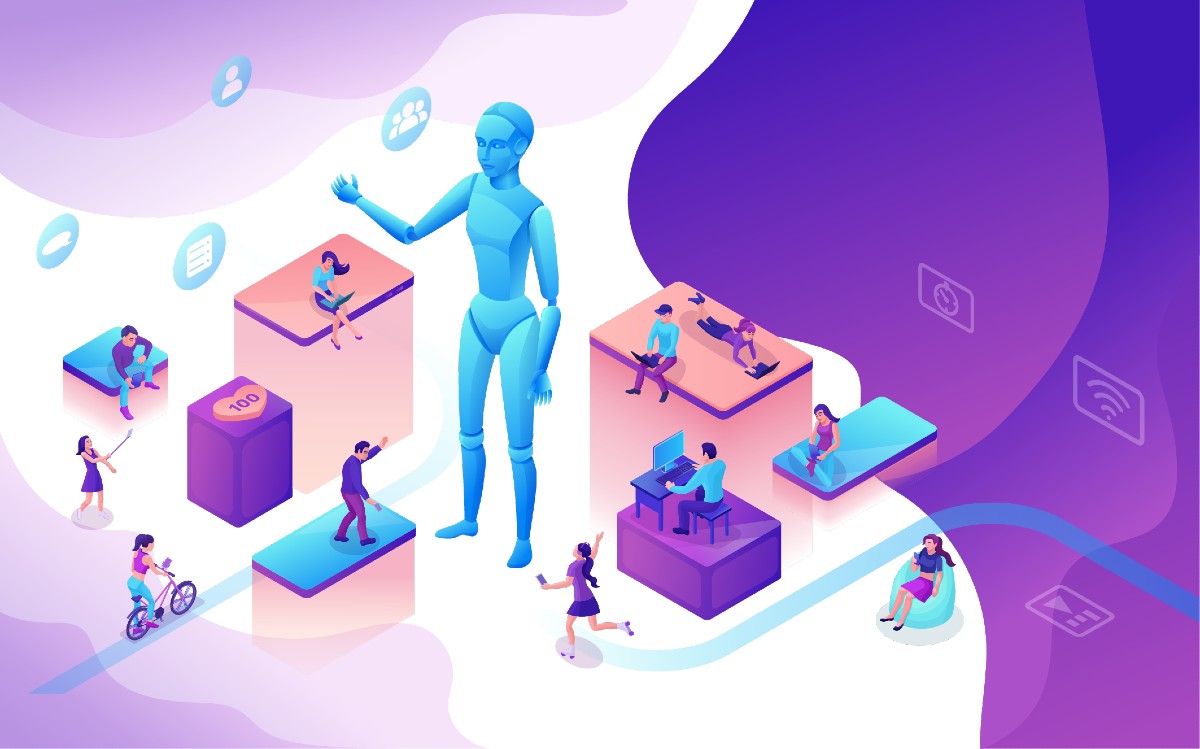A look into how companies are using AI- and NLP-powered chatbots to streamline their research processes.
Across industries, businesses desperately need to find technological solutions that enable them to support their workforce, meet organizational goals, develop new products and services, move quickly to adjust to market conditions and provide exceptional service to their customers. Research is a critical part of all of these endeavors, but it can also be the Achilles’ heel of the process. Why? Because research takes time, and time is the most precious of commodities.
Thus, it’s not surprising that companies are searching for tools that will allow them to reduce time spent in the research process. AI’s speed and data-processing prowess have already helped research teams develop ideas more quickly, but there’s another way it can speed-up growth and change: by getting information into the hands of leaders and decision-makers. And a critical way in which this can happen is by deploying AI chatbots enhanced with Natural Language Processing (NLP) capabilities.
How AI ‘Research Assistants’ Are Unblocking Information Flows
The chatbot has become a digital mainstay of online customer service, routing customers’ queries and providing them with relevant information. Why can’t the same functionality be used internally, by research teams?
The answer is that it can – and is. (More details on that in a moment.)
First, let’s consider the years’ and sometimes decades’ worth of information that many companies have painstakingly acquired. In most cases, such documents are used once and basically left gathering digital dust; a GreenBook report states that 95% of an organization’s data is never accessed 90 days after its creation. And yet, the information contained in these documents may still be valuable; once it’s been archived, it’s a case of ‘out of sight, out of mind’.
The solution is to make research readily available – as available as we make customer service information to customers. This is what we did for one of our clients, a leading CPG company. They had years of research tucked away in various areas, including individual employee workstations. We used an AI-powered backend to categorize, store, and deliver relevant insights, while the NLP-powered frontend (the chatbot) deciphered users’ spoken or typed queries and provided the data in seconds. (Read more in the case study.)
A similar situation occurred in a UK pharma company; finding insights in the research they’d already performed was creating a bottleneck. Adopting a NLP chatbot that enabled business users to get instant answers to their questions – without relying on the intervention of data science or IT departments – allowed them to speed up their process and scale up their BI investments.
So, we can see that AI is essential in solving the last-mile problem: getting data-backed insights to the right users. But it’s also being used a bit earlier via the automation of data processing (‘reading’ and categorizing the research documents) and retrieval (finding the information relevant to the user’s question and sending it back to the chatbot). This layer is not as glamorous at the NLP function, but it’s a critical part of the chatbot functionality.
Of course, when implementing any type of technical solution, it’s important to:
- Understand the needs of your audience, especially non-technical users.
- Deliver a solution that works for them (as opposed to just works).
- Provide a way to incorporate user feedback.
For our AI ‘research assistant’, we made sure users could directly interact with the chatbot, leaving feedback on how well it understood their query and how relevant the results were. Users could even edit their query and specifically tell the chatbot what it got wrong. Such feedback mechanisms not only help engage users in a general sense, but they also improve the tool’s performance.
Information’s Last-Mile Problem Solved?
While we can’t say categorically that AI chatbots solve the last-mile problem, they certainly do get information into the hands of decision-makers. They reduce research times and make the results more available, which cuts down on wasted employee hours finding (and hopefully not duplicating) various insights. The question is, what will your company do with AI? If you deal with information at all – and all of us do – it’s worth considering how AI can help you find answers faster and more efficiently.
Related products and services: ASK NAVIK, NAVIK AI Platform, AI & Data Sciences, Market Research































